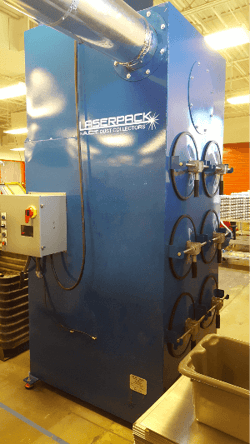
Many industries utilize laser cutting in their processes. While cutting metal is the most common, laser cutting technology is now applied to a wide range of materials.
Laser and plasma-cutting processes generate dust, fumes and various oxides that are dangerous to breathe. Therefore, having a quality laser and plasma cutting dust collector to remove dust and fumes is paramount for the safety of personnel and the proper operation of expensive laser equipment.
Plasma cutting, which uses a mixture of gases to cut, is a popular process for cutting stainless steel and is widely used in the manufacturing industry. Laser cutting, on the other hand, utilizes a focused beam of light and is recommended for applications where parts require tighter tolerances.
During the laser cutting process, according to the Board of Laser Safety, high temperatures cause the surrounding air to expand. Once the materials are being treated by the laser beam, they’ll emit gases that rapidly expand and release dangerous particles. The particles generated during the laser cutting process form a fume cloud comprised of very fine dust particles that can harm workers and the equipment.
Because of these fumes, work sites need to follow ventilation requirements and should be equipped with the appropriate filtration systems.
Dust Collectors for laser Cutting
A.C.T. Dust Collectors offers dust collectors designed specifically for laser cutting tables — LaserPack 4 and LaserPack 6. Both units provide a unique, heavy-duty and effective solution for removing dangerous particles from your facility. The LaserPack 4 and LaserPack 6 feature an integrated motor/blower that is surrounded with noise attenuation material for quiet operation. It also includes an integrated spark trap and remote start feature. This is a plug-and-play packaged unit that requires limited installation time after arrival.
Using the Right Filter Matters
The type of dust collector filter you should be using depends on the application you’re using it for. Cartridge filters, for instance, are very efficient (down to .3 microns) for fine dust and lighter loading applications, such as plasma and laser applications.
Our high-efficiency Nano-Elite cartridge filters come in a variety of sizes and configurations with a MERV 15 efficiency rating. These filters remove 99.9% of the particulate from the air stream. The cleaned air is then directed to the location of your choice, either returned to the facility or exhausted.
- Afterfilters: An afterfilter is a compact, secondary filter housing with ultra-high efficiency filters in it. Afterfilters are used as an “insurance” system in case there is a hole in the primary filter. If there is, the afterfilter will capture the dust. An afterfilter is also used for ultra-fine, sub-micron dusts.
- HEPA Filters: HEPA filters are commonly used in afterfilter housings to capture that very fine dust. HEPA filters must meet a minimum efficiency of 99.97% at 0.3 microns. When a customer in Texas needed a solution to their fiber laser dust collection, A.C.T. Dust Collectors provided a LaserPack 6 with Nano-Elite cartridge filters. For extra insurance, we added a HEPA afterfilter plenum for additional protection from super fine dust.
Air-to-Cloth Ratio
One of the more important factors in determining how long a filter will last in a given application is the air-to-cloth ratio. Air-to-cloth ratio quantifies the amount of air going through one square foot of filter media.
When it comes to dust collector sizing, keep in mind cubic feet per minute (CFM) and the square feet of filter area. Air-to-cloth ratio is calculated by taking the amount of airflow (CFM) and dividing it by the amount of filter area with a dust collector.
For most laser cutting applications, look for an air-to-cloth ratio between 1:1 and 2:1.
Conquer Your Laser Fume Extraction Needs
A.C.T. Dust Collectors offers the ultimate in air filtration and dust removal, and our dust collectors are designed specifically for your laser cutting machines. If your company has a laser cutting fume capture need, contact us today.


























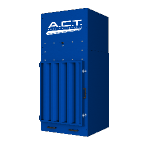
%20Collectors%20Image.png?width=143&height=143&name=ADC%20(Ambient)%20Collectors%20Image.png)
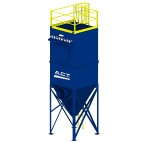

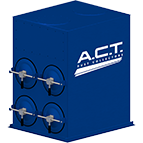
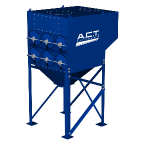
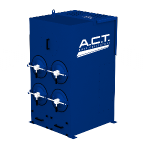


















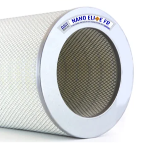


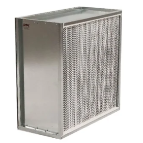

.png?width=240&height=91&name=ACT%20Dust%20Collectors%20Logo%20Solid%20White%202020%20(1).png)
.png?width=148&height=149&name=usa-manufactured-dust-collectors%20(1).png)